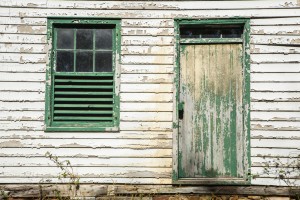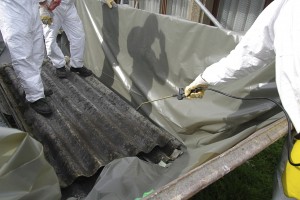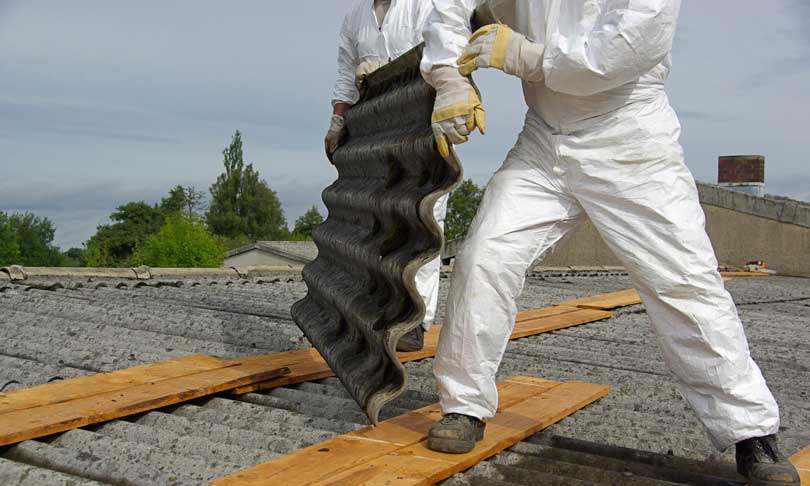The Professional Methods of Lead Paint Abatement

Method One: Removal
Some materials, like many metals, can be easily stripped of paint while retaining their durability. Chemically stripping such objects will keep the areas as free of lead dust as possible. However, these paint strippers are comprised of very harsh chemicals that can be hazardous to your health. This is why professional-grade ventilation and protection equipment is necessary at all steps of the process.
Method Two: Replacement
Smaller objects and…
READ MORE →How Asbestos Can Affect Your Family

The Damage Asbestos Can Cause
The inhalation of asbestos can have serious health risks for a person of any age. Four major diseases have been identified as the result of exposure to asbestos.
- Mesothelioma is a cancer that affects the lining of the chest and lower digestive tract, and is almost exclusively caused by asbestos exposure. Unfortunately, mesothelioma is a terminal disease, too severe to be successfully treated by the time it is diagnosable.
- Asbestosis is the severe scarring of lungs that comes from heavy, sustained exposure to asbestos fibers. This condition causes shortness of breath, and is capable of increasing in severity to a fatal degree.
- Pleural thickening is the physical reaction of the lungs’ direct exposure…
READ MORE →
What’s the Big Deal With Lead Anyway?

A History of Lead Usage
Lead is the densest stable element, which means that is it not radioactive, but is very heavy. It is prevalent in the earth, easy to mine and smelt, and extremely malleable. These characteristics allowed it to become a metal of choice for several civilizations, including the Romans. They used lead for the pipes in their plumbing systems, and the lead is often blamed for at least part of the collapse of that great empire. Lead poisoning occurs when a person ingests or inhales lead or lead residue. The resulting damage to the nervous system is often irreparable. Some common items that with lead in them include:
- Scuba diving and fishing weights
- A colorant in ceramic glazes
- Electronics’ soldering
- Gasoline (pre-1970’s in…
READ MORE →
How to Know if You Are Being Poisoned by Your Own Home

Lurkers in Homes and Building Nationwide
Most people are aware that past generations routinely used harmful substances in construction, but what people may not know is that these chemical compounds could be in their own homes. A few of the most prolific substances are:
This is a natural fiber that has been mined for thousands of years. It is amazing useful, but inhaling this mineral causes damage to the lungs and can even lead to certain cancers. When present in the home, it should be removed quickly and properly.
Lead is an element that is also useful in industrial processing and as a binder. It is most often found today in old homes, especially in paint. Lead poisoning happens slowly and injures the nervous system, effectively…
READ MORE →Should You Leave Asbestos in Your Home?

Asbestos Exposure
Unfortunately, asbestos contamination usually takes several years before symptoms begin to show. This means that families may be affected at home without knowing that they have been affected. Workers in factories that once produced asbestos may find out years later that their health has been comprised. The risks associated with asbestos poisoning include lung cancer and mesothelioma. Over time, the scarring that builds up in the lung tissue can cause death.
Should You Test Your Home for Asbestos?
It is best to leave asbestos alone, but you may not recognize whether or not the items in your home have the material unless it is labeled. If you…
READ MORE →












